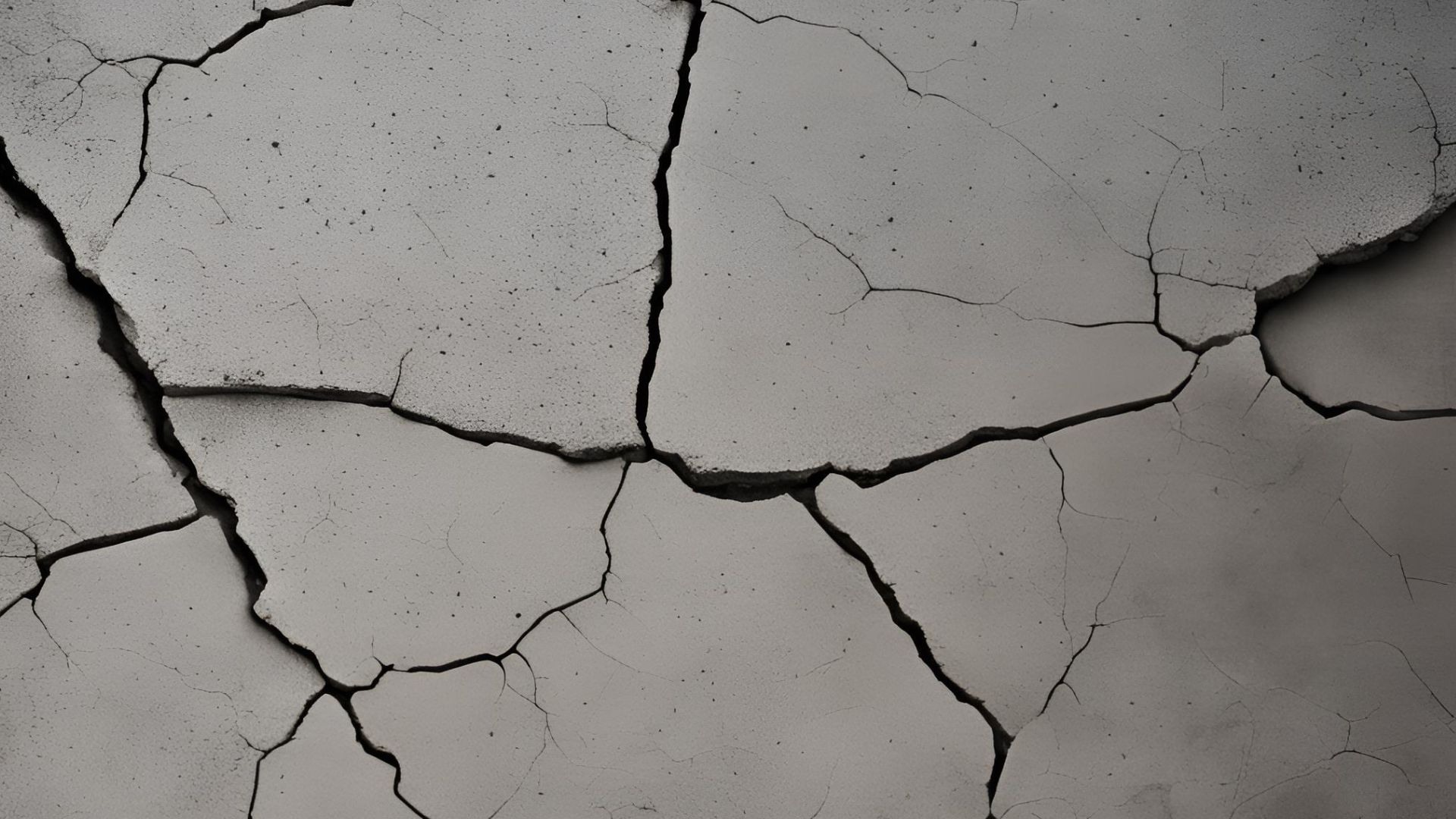Swelling Due to Pyrite: Understanding the Risks and Solutions
09 Sep 2024
A Common Issue in Real Estate: Pyrite
Pyrite is a mineral found in certain rocks, often used as fill under building foundations. Unfortunately, this material can cause significant problems for homeowners and condo owners. This article explores the effects of swelling due to pyrite, how to detect it, and possible solutions.
What is Pyrite and Why is it Problematic?
Pyrite, also known as "fool's gold," is a mineral containing iron and sulfur. When exposed to moisture and oxygen, it decomposes to produce sulfuric acid and iron sulfates, causing the aggregates to swell. This swelling leads to cracks in the foundations and floors, compromising the building's structure.
Signs of Pyrite Presence in a Building
Damage caused by pyrite typically appears several years after construction and manifests as:
- Cracks in concrete slabs, often star-shaped.
- Raising or sinking of the floor.
- Doors and windows that no longer close properly.
- Cracks in walls, particularly in the basement.
The Importance of Professional Inspection
If you suspect the presence of pyrite in your property, it is essential to consult a specialized inspector. Laboratory testing of the aggregates under the slab can determine the presence of pyrite and its IPPG. This assessment is crucial to avoid costly repairs and protect the value of your property.
Solutions and Repairs
- Removal and Replacement of Contaminated Fill: The most effective solution is to remove the pyrite-containing fill and replace it with inert material. This requires demolition work and reconstruction of concrete slabs.
- Installation of Waterproof Barriers: This solution can slow down the effects of pyrite but does not address the problem at its source.
- Cost Coverage: Home insurance typically does not cover damage caused by pyrite, except in specific cases. It is therefore essential to check available coverages carefully.
The Swelling Potential Index (IPPG)
When purchasing a property, especially in risk areas, a pyrite inspection including the IPPG is highly recommended. This will allow you to negotiate with full knowledge and avoid future inconveniences.
To assess the risk of swelling due to pyrite, the Swelling Potential Index (IPPG) is a valuable tool. This index measures the propensity of aggregates to swell in the presence of moisture. IPPG values are classified as follows:
- Low (10 to 20)
- Low to Medium (20 to 40)
- Medium to High (40 to 60)
- High (60 to 80)
- Very High (80 to 100)
The IPPG assessment can only be carried out if several conditions are met, such as representative samples and precise laboratory analyses. A high IPPG value indicates a greater risk of swelling, requiring more rigorous preventive or corrective measures.
Conclusion
Swelling due to pyrite is a serious issue that can affect the structural integrity of a building and lead to high repair costs. Recognizing the signs, understanding the IPPG, and acting quickly are crucial to minimizing the impacts. Consulting an experienced professional in this field ensures you receive the right advice and personalized support to make informed decisions when buying or selling real estate.
